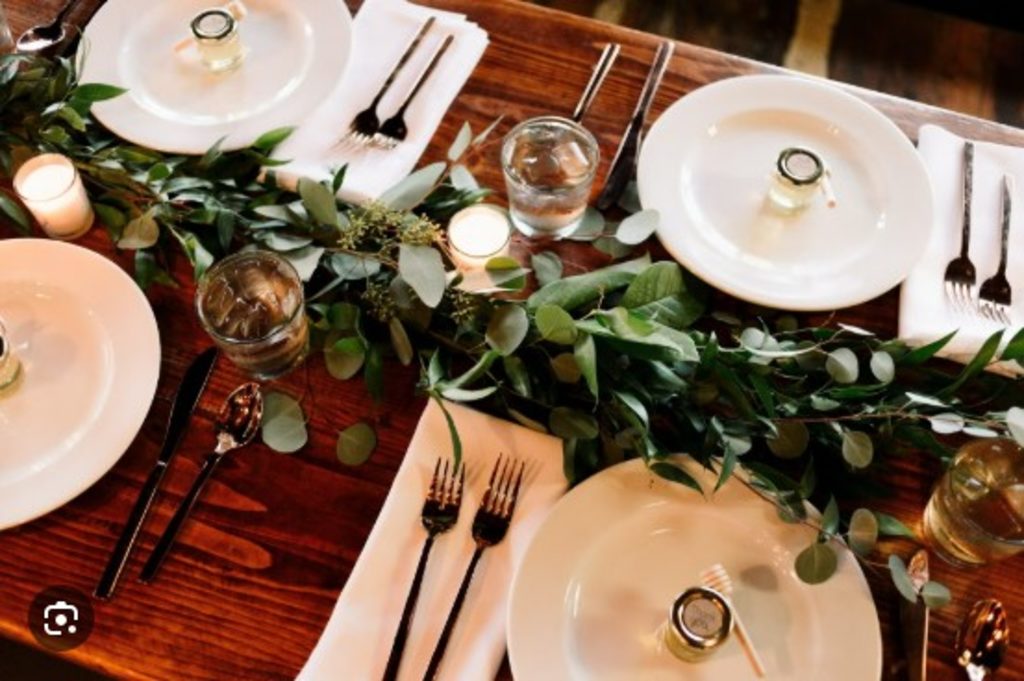Setting a dining table is important because it enhances the dining experience, and reflects good manners.
A well-set table shows thoughtfulness and respect for guests, making meals feel special.
It provides order, ensuring each person has the necessary utensils and space.
In formal settings, it demonstrates etiquette and tradition, while in everyday life, it encourages bonding and mindful eating.
According to theenglishmanner.com, whether casual or elegant, a properly set table promotes social interaction, and turns a simple meal into an enjoyable shared experience.
*Step one: position the chairs
Sounds simple enough, but you cannot set a proper table without knowing how many diners there will be.
Thankfully for big events like Christmas, you probably do know how many are coming so this should be easy enough.
Once you have confirmed numbers, position the chairs, spaced evenly around the table. Don’t even think you can set the place settings and slot the chairs in after. It never works that way round!
*Step two: centrepiece
Next comes the centrepiece. Floral arrangements are the classic, often twinned with candles for evening meals, but you can get creative if you want. Make sure candles are unscented and any flowers don’t have too strong a scent that conflicts with whatever you are serving.
*Step three: cutlery
Before any cutlery is set, it’s best to place the largest plate that will be set during the meal in the centre of the place setting, so you can position the cutlery each side at the appropriate distance. As a diner, do you find it as annoying to have to move the cutlery so the plate of delicious food can fit?
A thoughtful host can negate this in advance by using the plate as a marker. Forks are set on the left; knives and spoons on the right.
If you are tight on space having a set of cutlery above the plate helps; if you aren’t, have everything down the side as it adds an air of grandeur to even the most pedestrian of tables.
Fork tines are set facing upwards, as are the bowls of spoons; knife blades should point inwards, towards the plate.
*Step four: the napkin
These are placed in a neat, flat fold to the left-hand side of the setting, or – if someone’s been creative and done some napkin origami – in the centre of the setting facing the dining.
They do not belong in glasses, however. Napkin rings are often seen at different occasions and can add a decorative touch, but technically are not correct for formal dining.
Their original purpose was as a hygiene tool, to mark whose napkin was whose when the napkin was being reused for several successive meals.
*Step five: glassware
Finally, placed last to avoid knocking them over, are the glasses. Only set the glasses you will be using.
Set the glasses above the knives and spoons, with the main glass positioned directly above the knife that will be used for the main course.
If you are setting your table well in advance of the lunch or dinner, set the glasses nearer to show time as they can gather dust if left too long.
Whether casual or elegant, a properly set table contributes to the ambiance, promotes social interaction, and turns a simple meal into an enjoyable and meaningful shared experience.
Picture: FINEDININGLOVERS



